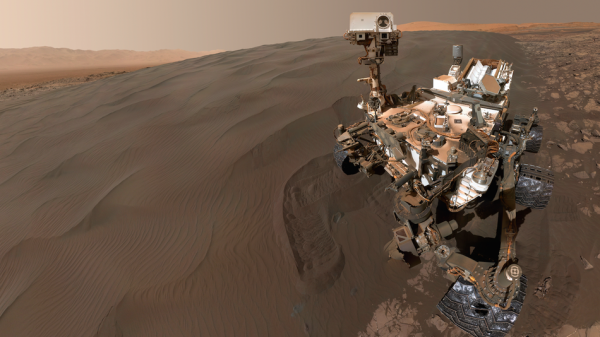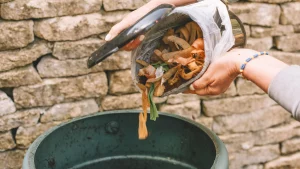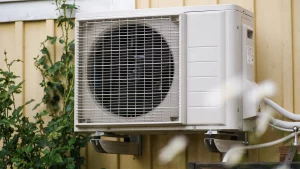Why it’s so important to protect other planets from Earth’s microbes

Picture this: You’re an astronaut visiting Jupiter’s moon Europa for the first time.
You set down one boot and then another, bouncing around on the icy surface of the low-gravity world. Now just imagine that those boots haven’t been cleaned since you were training in them back on Earth.
Teeming colonies of microbes are now being spread over the world’s surface, contaminating what was once a pristine alien landscape.
This is exactly the kind of scenario NASA’s Office of Planetary Protection is trying to avoid.
The NASA office — which garnered some attention of late thanks to breathless coverage of ajob listing — is tasked with making sure that humans and their robotic emissaries don’t contaminate other worlds and vice versa.
“Planetary protection is essential for several important reasons: to preserve our ability to study other worlds as they exist in their natural states; to avoid contamination that would obscure our ability to find life elsewhere — if it exists; and to ensure that we take prudent precautions to protect Earth’s biosphere in case it does,” NASA said on its planetary protection-focused website.
Invasive species out in the solar system
Contaminating another world is, needless to say, pretty bad. And the stakes are incredibly high.
Think of it this way: Let’s say you introduce some Earth microbes to Mars. What will happen? Will those microbes survive in the planet’s thin atmosphere? Let’s say they do. Do they thrive? Perhaps. What will that mean down the road when another group of explorers goes hunting for Martian life?
If somehow those microbes do thrive on the red planet, we could one day mistake those microbes for little organisms that originated on Mars. That one misinterpretation would throw our entire view of ourselves and our place in the universe completely out of whack.
Now here’s another scenario: Imagine that we head to a world — like Europa or Enceladus, one of Saturn’s moons — that really has a high chance of playing host to microbial life. If you walk out in your dirty astronaut boots onto the surface of one of those moons, who knows what kind of interactions your microbes might have with the little organisms that could be living there.
For an example of just how wrong this kind of thing can go, look no further than our own planet. Invasive species — like the vine kudzu or lionfish — were introduced into various parts of the world where they didn’t initially evolve.
Then things got bad.
Invasive species thrive in these environments, which isn’t great for natural flora or fauna in the area. Lionfish, for example, will eat anything and have no natural predators in the places they invade, and parts of the U.S. have been taken over by kudzu.
This same idea applies to microbes hitching a ride from Earth to space and onto a planet or moon.
NASA needs to be particularly careful about this kind of thing because we’re just beginning to understand how life can thrive even in the most seemingly barren parts of our planet.
Scientists continue to find life thriving in the most remote areas of our world, like deep in the ocean around hydrothermal vents and frozen in ice, so who knows what might be lurking out there in the solar system.
Extending our reach into the solar system
At the moment, there are three solar system worlds—Europa, Enceladus, and Mars—that are thought to possibly be habitable for Earth life, so specific precautions need to be taken when sending any missions to those objects.
For a flyby of Europa or Enceladus, the planetary protection requirements can be pretty minimal— landing, however, is a different story.
We actually land rovers on Mars, so we need to be particularly careful about how rovers and landers explore the world.
“From the Viking project’s historic firsts in Mars exploration, to today’s curiosity rover and Mars reconnaissance orbiter, to the future Mars 2020 rover, these missions were carefully treated to avoid accidentally releasing earth life,” Catharine Conley, NASA planetary protections officer, said in a video.
That treatment involves using clean rooms as well as other techniques to be sure that contaminants don’t find a home on spacecraft and eventually other worlds.
The Cassini spacecraft will even crash into Saturn when its mission ends in September to make sure that it won’t smash into one of the planet’s possibly habitable moons.
Because you never know.











